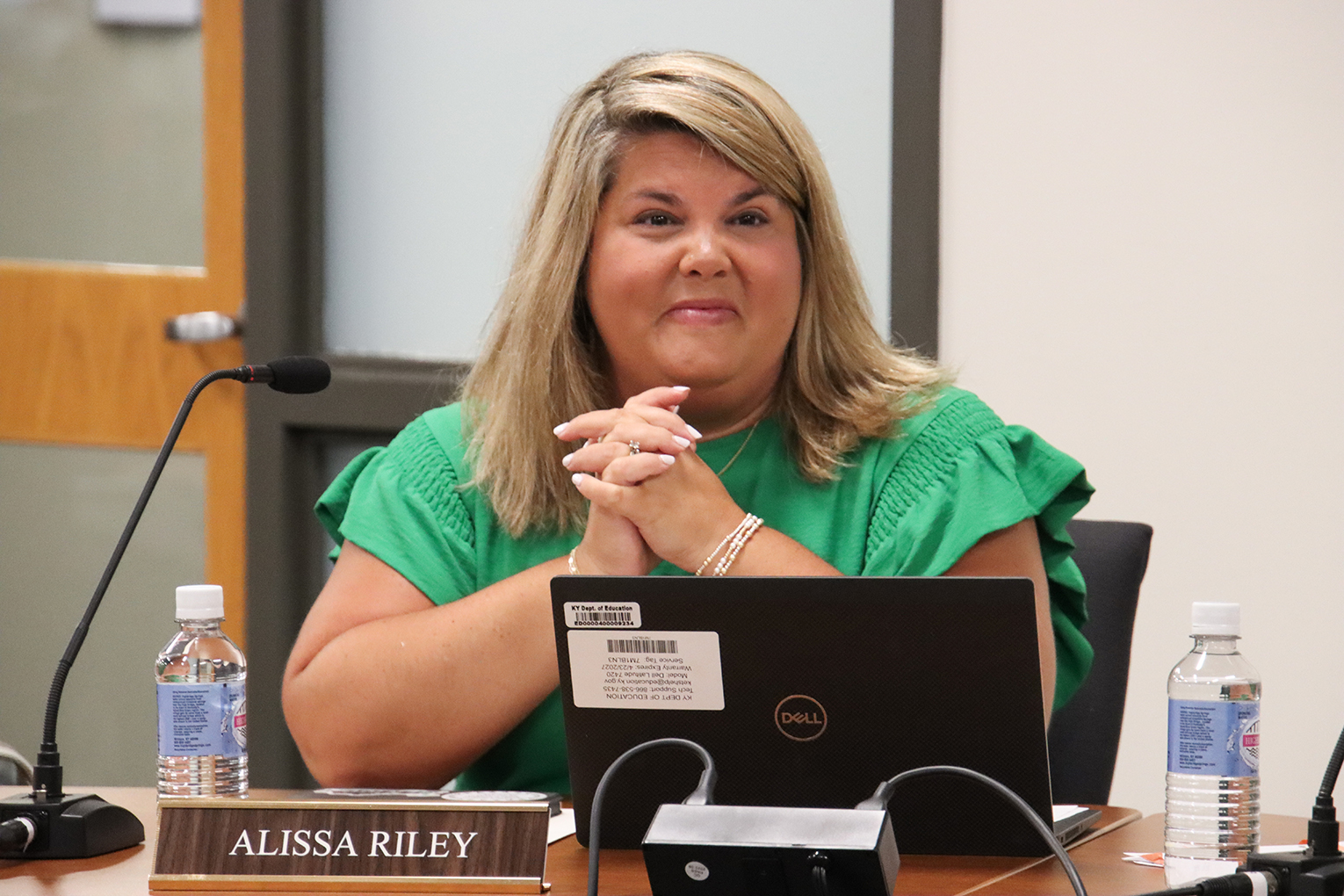By Melissa Shearon
melissa.shearon@jefferson.kyschools.us
With endless to-do lists, it’s reasonable for teachers to hesitate in committing to any extra opportunities outside the classroom.
This past fall, still inspired by becoming a National Board Certified teacher, I was eager to continue my journey of teaching reflection, yet discouraged by the lack of space in my already full agenda. Already over-committed, I contemplated applying to the Kentucky Network to Transform Teaching’s Classroom Teachers Enacting Positive Solutions (CTEPS) program. When I finally deciphered the acronym, I learned that the program was rooted in teacher leadership. In my mind, teacher leaders had titles, official positions outside the classroom and clout. The idea that “just” a classroom teacher could step up and lead while continuing to teach all day seemed foreign and difficult.
I filled out the application with anguish and passion. If I was going to over-over–commit, I was going to devote my energy to solving problems I cared about. As it turned out, by committing time to this opportunity and working with others outside my school, I learned I had to re-examine how I was using my time while in my school.
From bell to bell each day, I rush. The sense of urgency I feel in a day is not something I would trade. It may be hard to believe, but I love the everyday challenges of meeting the needs of 130 individual students while balancing collegial relationships, parent communication and other duties. I simply wish I had more time to figure everything out–time to reflect.
I also rush instruction. I often run from standard to standard, hoping students will feel confident and equipped to handle the multiple assessments my district requires. In this time of high-stakes testing, it is understandable that most programs in a high-needs school like mine revolve around promoting proficiency and documenting formative assessment. Constant data dissection is necessary and time-consuming, making time to discuss creative, relevant instruction hard to come by. In all the rush, I fear that my students miss out on opportunities to get inspired by their learning.
Often coming to my middle school classroom reading years below grade level and with their own personal struggles, my students deserve more. I yearn for time to collaborate and be creative with colleagues, to better my craft in a way that would make learning fun again for my students and me, to make my tightly held belief in culturally relevant, engaging instruction come alive for my students.
Ironically, stepping into a teacher leadership role has given me that time. Once every two weeks, I am immersed in solutions-oriented conversations and programs with teachers across the state, rooted in the very real challenges my students and I face every day. The teacher leaders of CTEPS encouraged me to make time.
Since December, my middle school team has collaborated to create a standards-based, interdisciplinary unit. All I had to do was ask. I asked teachers for their ideas and for their time. Not only were my colleagues open to it, but they also were energized by my questions and encouragement.
Over winter break, we shared ideas and resources. In team meetings, conversation flowed during time now devoted to curriculum building rather than venting about the time we didn’t have to meet our kids’ needs. Colleagues from other teams asked questions about our work. In the gloomy winter where some fall into traps of fatigue and negativity, teachers collaborated and created.
We chose a topic we knew students would engage with and appreciate—food—and discussed creative ways to teach the standards through an exploration of their interests and experiences. We found ways to help students find a reason to want to learn.
Teachers share the desire to help kids learn. Sometimes we lose touch with that impulse as we rush to meet deadlines and expectations. Teacher leadership asks these motivated, compassionate teachers for their time. Time to collaborate. Time to brainstorm. And time to question the way we’re doing things.
Promoting and supporting those in the classroom gives all teachers a voice. CTEPS is an exemplar of teacher collaboration and leadership and work like it should be employed at the school level. CTEPS forced me to tackle problems I didn’t have time to solve. My CTEPS colleagues supplied me with ideas, motivation, and confidence. By allowing teachers the time to collaborate with others outside their immediate department or team, administrators will see engagement and problem solving throughout their building. Teachers will be inspired and confident. Positive change will happen. Do schools really have time to waste?
Melissa Shearon, a National-Board certified teacher, is a Goal Clarity Coach at Westport Middle School in Jefferson County Public Schools. A graduate of and coach for the Kentucky Network to Transform Teaching’s Classroom Teachers Enacting Positive Solutions team, she works with teachers across the state to promote teacher leadership within schools. Reach Melissa on Twitter @MelissaLShearon.




Leave A Comment